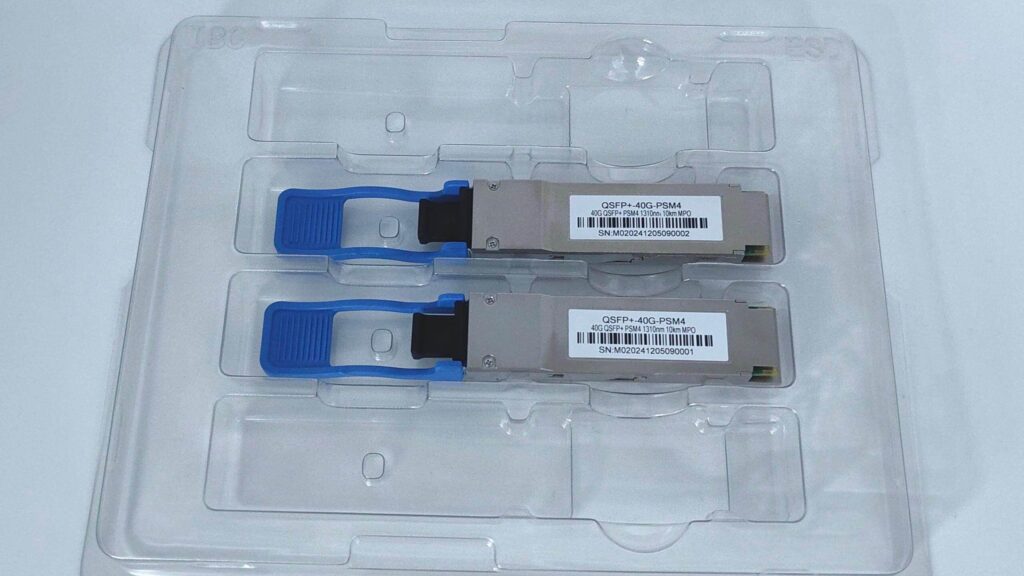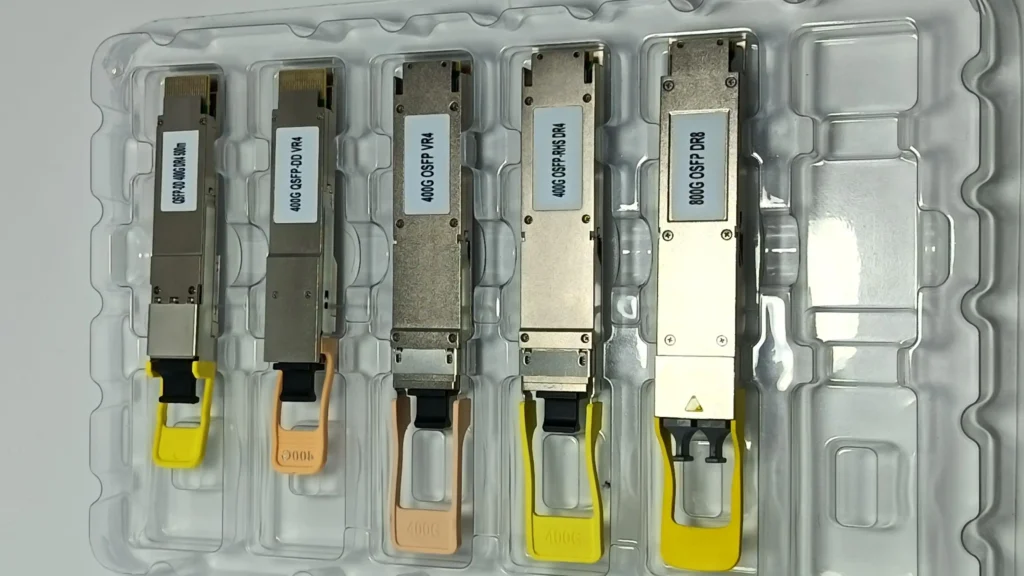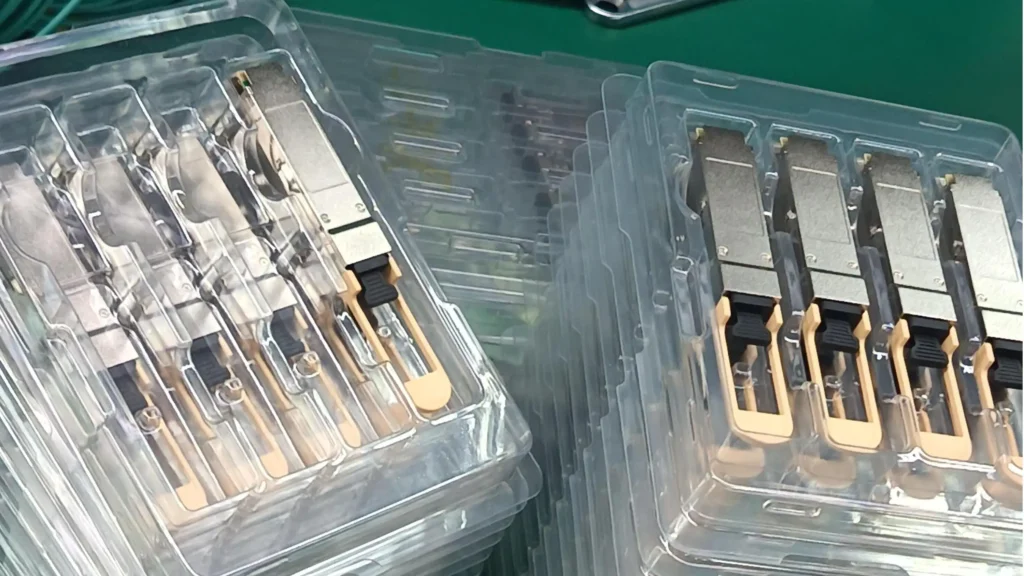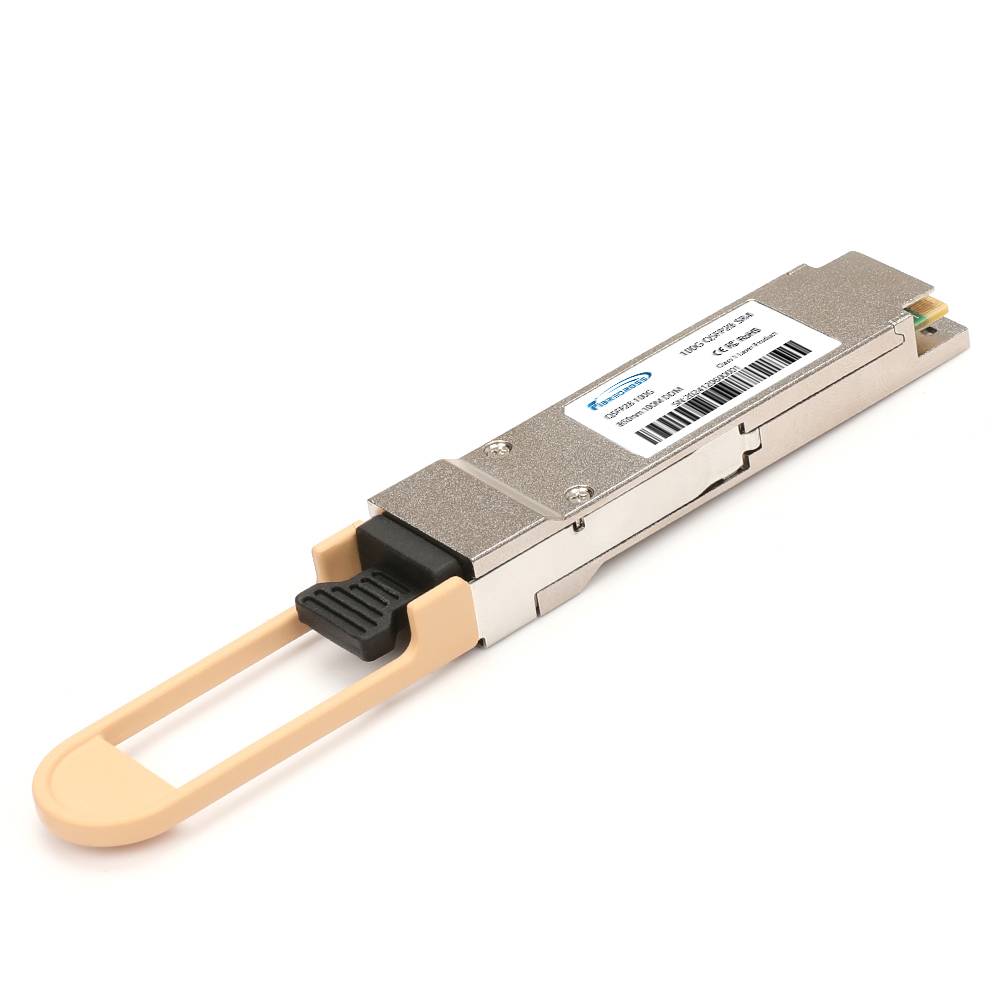How to Choose a Reliable Optical Transceiver Factory?
In today’s high-speed digital landscape, businesses rely on efficient data transmission more than ever. Optical modules—also known as optical transceivers—serve as the critical link between network devices. Whether you’re running a data center, telecom backbone, or industrial communication system, partnering with a trusted optical module factory can make all the difference in performance, reliability, and cost control.
This article answers six essential questions to help B2B buyers, system integrators, and IT procurement teams evaluate and select the right optical transceiver factory for their needs.
What Is an Optical Transceiver Factory?
An optical transceiver factory is a specialized manufacturer focused on the design, production, and testing of optical modules. These facilities are equipped with high-precision assembly lines, SMT (surface mount technology) processes, and automated testing systems that ensure each transceiver performs to exact standards. From 1G to 800G modules, these factories can supply standardized or custom-built transceivers compatible with most major switch and server brands.
These factories are not just manufacturing centers—they are the backbone of the fiber optic supply chain. Leading optical module factories invest heavily in R&D to stay ahead in speed evolution (e.g., 100G to 400G/800G) and form factor innovation.
What Are the Main Production Processes?
A professional optical module factory typically follows a strict, multi-step production workflow:
Component sourcing: Carefully selected LDs (Laser Diodes), PDs (Photodiodes), DSPs (Digital Signal Processors), and high-quality PCBs.
SMT and optical alignment: Precision soldering, laser coupling, and lens alignment.
Performance tuning: Optical power, wavelength accuracy, signal integrity, and power consumption.
Environmental testing: Thermal cycling (-40°C to 85°C), humidity tests, vibration, and ESD protection.
Final inspection: Optical power levels, bit error rate (BER), eye diagram, DOM (Digital Optical Monitoring), and compatibility checks.
This workflow ensures consistent quality and meets demanding standards such as IEEE 802.3, SFF MSA, and Telcordia GR.
Can Optical Module Factories Support Customization?
Yes—most optical transceiver factories offer flexible customization services. Clients can specify parameters such as:
Data rate: 1G, 10G, 25G, 40G, 100G, 200G, 400G, 800G
Form factor: SFP, SFP+, SFP28, XFP, QSFP+, QSFP28, QSFP-DD, OSFP
Distance: 100 meters (SR) to 80 kilometers (ZR)
Wavelength: 850 nm, 1310 nm, 1550 nm, CWDM/DWDM grid
Fiber type: Single-mode (SMF) or multi-mode (MMF)
Operating temperature: Commercial (0–70°C), Industrial (-40–85°C)
Custom options also include private labeling, vendor compatibility coding (Cisco, Juniper, Arista, Huawei, etc.), and packaging based on client shipping preferences.
What’s the Typical Minimum Order Quantity (MOQ)?
MOQ varies depending on the module type and level of customization. For common modules like 10G SFP+ or 25G SFP28, many optical module factories allow a MOQ of 100–200 units. In contrast, more complex high-speed products such as 400G/800G modules may require an MOQ of 500 or more.
Some factories also support small-volume sample orders for functional testing and evaluation before bulk purchasing, helping customers validate both performance and compatibility risk-free.
How Do Factories Ensure Product Quality?
Reliable optical transceiver factories implement stringent quality control systems throughout the production cycle:
ISO Certification: ISO9001 for quality management and ISO14001 for environmental compliance.
IQC/IPQC/OQC: Material inspection, in-process QC, and outgoing QC with 100% testing.
Eye Diagram & BER Tests: To ensure optical signal clarity and low error rates.
Environmental stress screening (ESS): Simulates real-world network conditions.
Third-party testing: Certification through CE, RoHS, FCC, and safety compliance testing via Intertek or SGS.
High-end factories also provide full traceability and maintain a failure rate under 0.2%, which is crucial for critical infrastructure and enterprise clients.
How Fast Can an Optical Module Factory Deliver?
Lead time is a key consideration for many B2B projects. Here’s a general delivery timeline:
In-stock models: 1–3 working days
Standard models with coding: 7–10 working days
Customized or high-speed modules (400G/800G): 15–30 working days, depending on the complexity
Some optical module factories operate overseas warehouses (e.g., in the U.S. or Europe) or offer expedited global shipping, ensuring fast delivery even under tight deadlines.
Common Use Cases for Optical Modules
Optical transceivers manufactured in professional factories are used across a wide range of applications:
Data centers: High-speed interconnects between switches and servers using 100G/400G QSFP modules
Telecommunications: Long-range 10G/25G DWDM modules for metro and long-haul transmission
Enterprise LANs: SFP/SFP+ modules for aggregation and access switching
Industrial IoT: Industrial-grade SFPs with enhanced temperature tolerance
5G backhaul: Low-latency 25G or 100G links supporting fronthaul/midhaul/backhaul
Each application scenario may require different technical specifications and certifications, which only a capable optical module factory can consistently deliver.
Pro Tips for Choosing the Right Optical Transceiver Factory
Here are some quick tips to help you make a confident decision:
Check compatibility support: Can the factory code for Cisco, HPE, Dell, Huawei, etc.?
Ask for datasheets & test reports: These documents are indicators of transparency and professionalism.
Evaluate after-sales support: Ensure warranty policies and technical consultation are available.
Inspect manufacturing capabilities: Facilities with automated production, clean rooms, and real-time monitoring often indicate better quality assurance.
Verify references: Look for factories that have supplied large ISPs, Fortune 500 companies, or data center operators.
Final Thoughts
Selecting the right optical module factory is more than just comparing prices—it’s about ensuring long-term network performance, compatibility, and supply stability. Whether you’re building out a hyperscale data center or deploying fiber access for industrial systems, working with an experienced optical transceiver factory like Fibrecross ensures quality at every step.
With deep customization options, fast lead times, and full compatibility testing, Fibrecross is committed to helping B2B clients optimize their optical network infrastructure with confidence.







